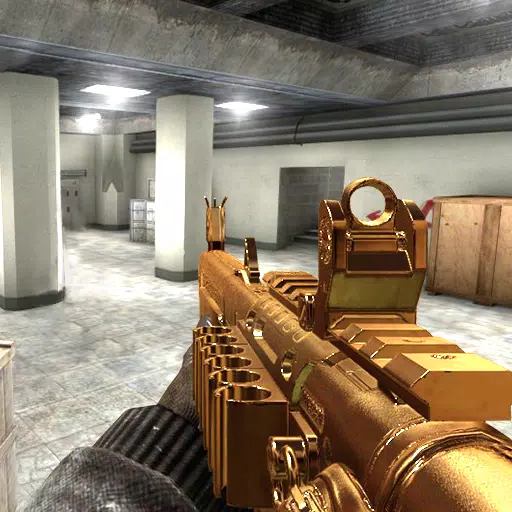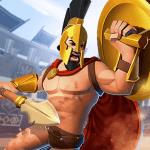Home > News > Invincible: The Bold Transformation from A Comic Masterpiece into an Animated Phenomenon
Invincible: The Bold Transformation from A Comic Masterpiece into an Animated Phenomenon
The Amazon Prime animated series, Invincible, based on Robert Kirkman's comic book, has significantly boosted interest in this beloved universe. Its blend of intense action, complex characters, and morally grey storytelling quickly captivated audiences. However, adapting such a rich narrative for television necessitated changes, some subtle, others more substantial.
This article examines the key differences between the animated series and the comics, analyzes the reasons behind Season 3's perceived shortcomings, and explores how these adaptations affect the overall narrative.
Table of Content ---
From Page to Screen: Key Differences Between the Animated Series and Comics
Mark Grayson’s Journey: Compression vs. Gradual Growth
Supporting Cast Dynamics: Who Gets More Screen Time?
Antagonists: Simplified Motivations for Pacing
Action Sequences: Enhanced Visuals and Choreography
Thematic Exploration: Emphasis on Morality and Legacy
Season 3 Critique: Why the Magic Fades
Repetitive Storylines: Treading Familiar Ground
Cecil's Subplot: A Missed Opportunity
Lackluster Action: Where Did the Spark Go?
Slow Start: Building Momentum Too Late
Balancing Adaptation and Innovation
Why Fans Should Still Watch (Read With Caution)
From Page to Screen: Key Differences Between the Animated Series and Comics
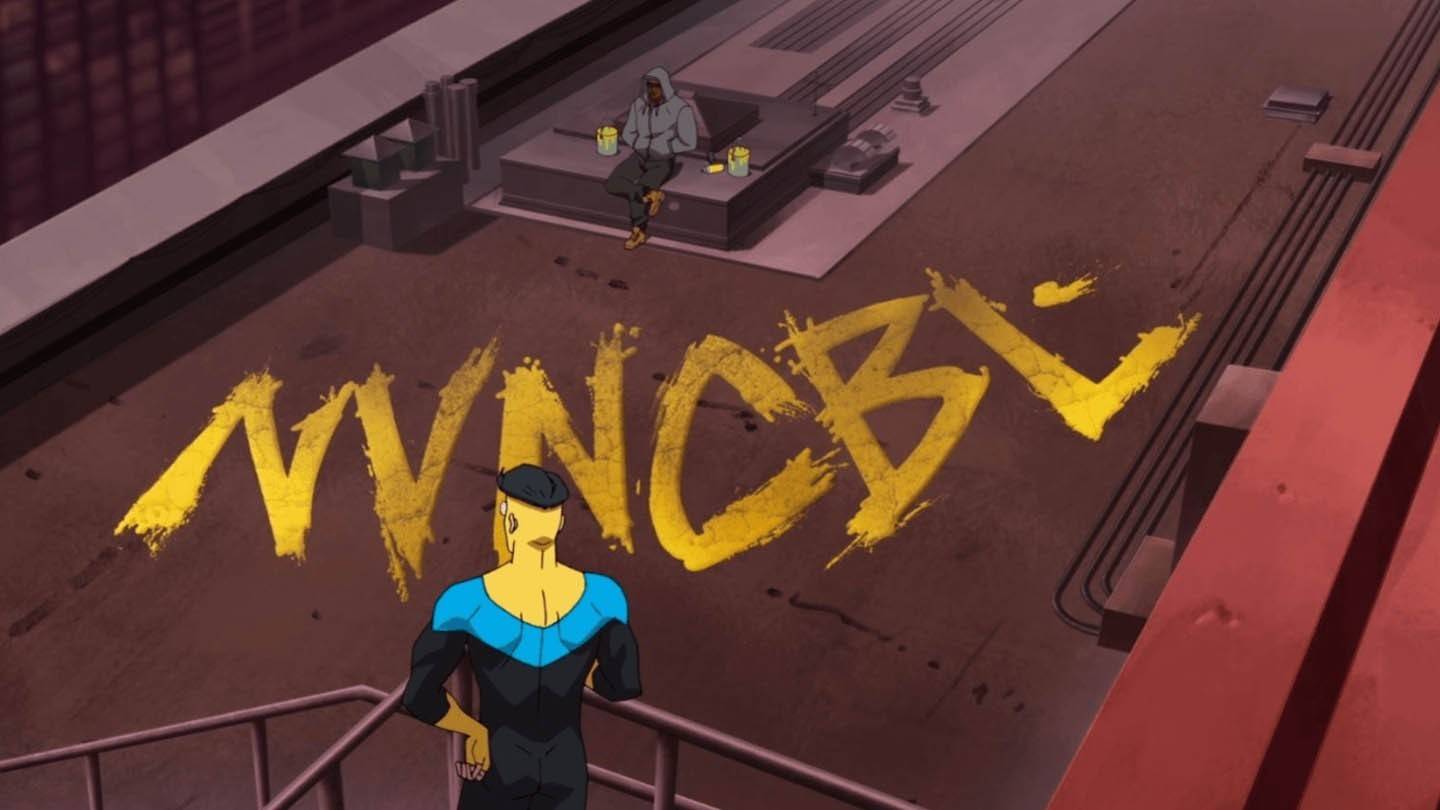 Image: amazon.com
Image: amazon.com
Mark Grayson’s Journey: Compression vs. Gradual Growth
A major difference lies in Mark Grayson's portrayal. The comics depict a gradual transformation into a superhero, showcasing his development from power discovery to grappling with the moral complexities of heroism. This slow, deliberate approach allows for a deeper exploration of his character arc. The animated series, however, significantly compresses this journey. Mark's evolution is accelerated, adding urgency but potentially sacrificing the nuanced depth of the comics. While engaging, this change might leave some fans feeling that aspects of Mark's growth were rushed.
Supporting Cast Dynamics: Who Gets More Screen Time?
 Image: amazon.com
Image: amazon.com
The supporting cast also sees significant shifts. Some characters gain prominence while others are relegated to smaller roles. Allen the Alien, for example, becomes more central, offering humor and insight. Conversely, characters like Battle Beast receive less screen time, a change that may disappoint some fans. These alterations reflect narrative streamlining choices.
Antagonists: Simplified Motivations for Pacing
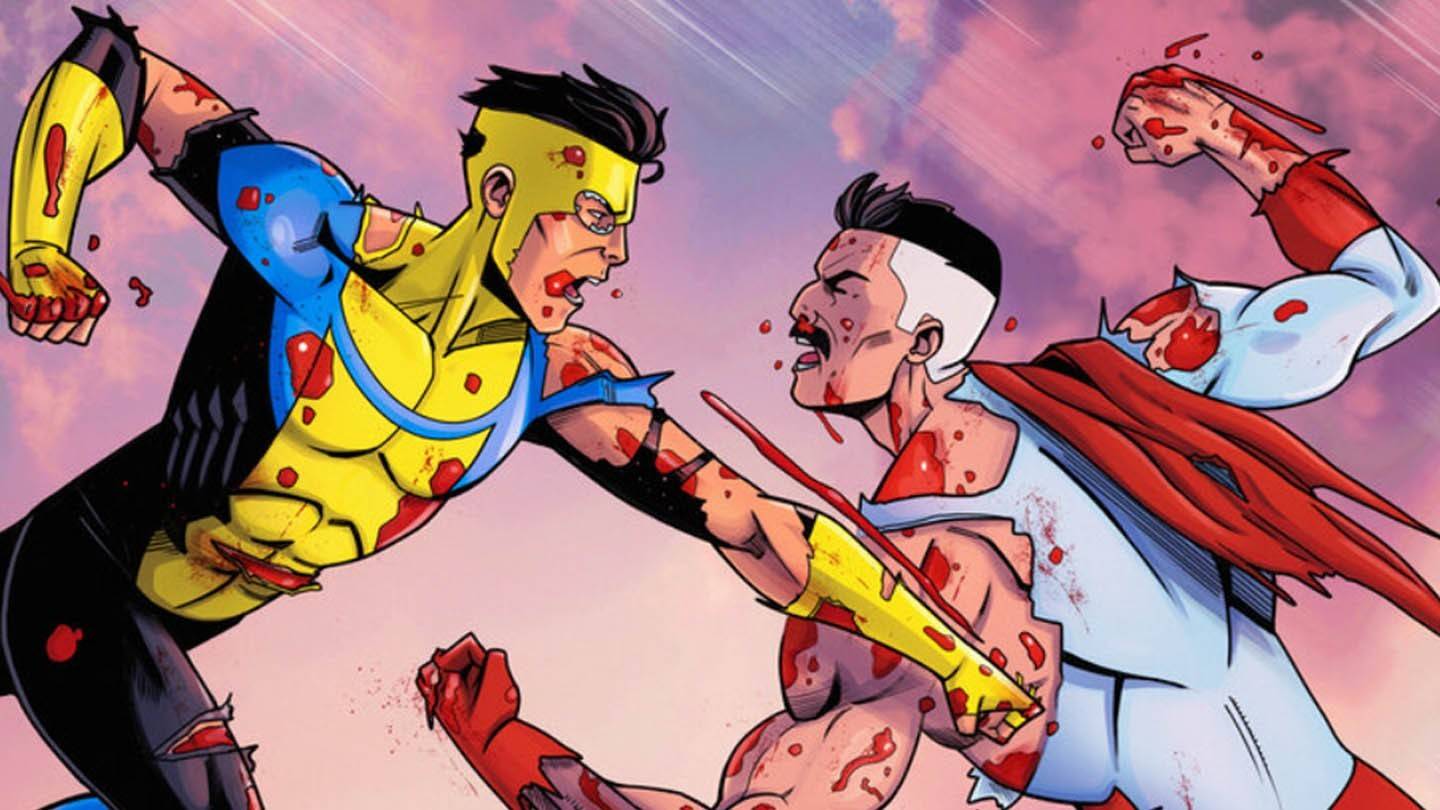 Image: amazon.com
Image: amazon.com
Villains like Conquest and the Shadow Council receive more nuanced treatment in the comics, with detailed explorations of their motivations and backstories. The series simplifies these for pacing, prioritizing high-stakes confrontations. While this enhances accessibility, it risks oversimplifying the antagonists' complexities. Omni-Man's betrayal, for instance, feels more immediate in the series than the gradual descent depicted in the comics.
Action Sequences: Enhanced Visuals and Choreography
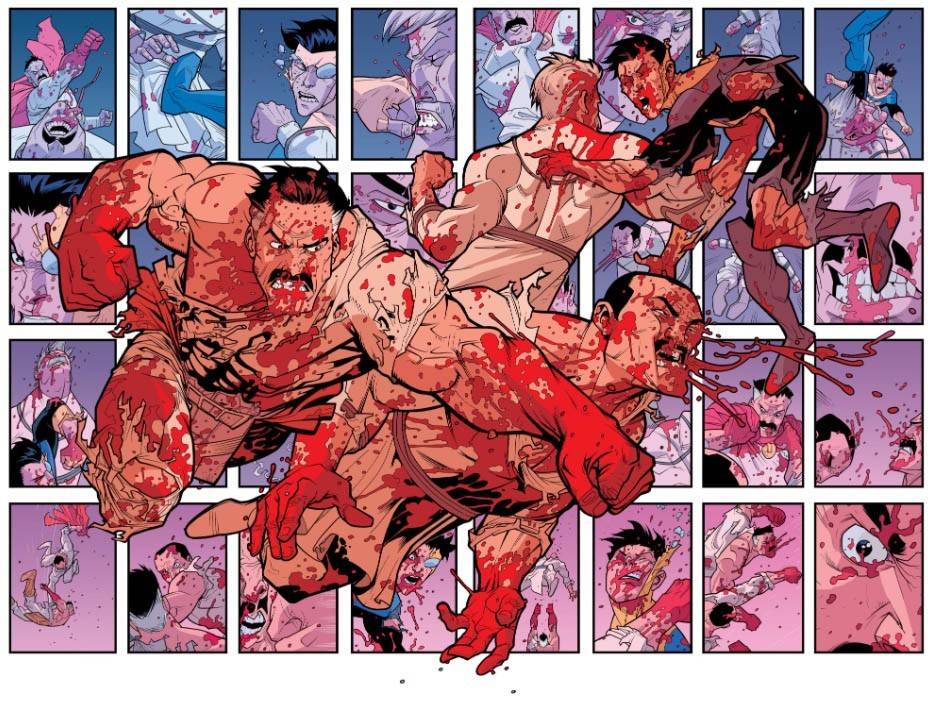 Image: amazon.com
Image: amazon.com
The series excels in its action sequences, using animation to create dynamic choreography and special effects. Battles are visually intensified, rivaling live-action blockbusters. However, some differences exist compared to the comics, though these generally enhance the spectacle.
Thematic Exploration: Emphasis on Morality and Legacy
 Image: amazon.com
Image: amazon.com
Thematic exploration also differs. The series emphasizes morality, power, and legacy, reflecting episodic storytelling. Mark's struggle to reconcile his father's actions is highlighted. Other themes, such as the philosophical implications of superhuman existence, are downplayed for narrative focus.
Season 3 Critique: Why the Magic Fades
Despite the acclaim of the first two seasons, Season 3 has left some fans underwhelmed.
Repetitive Storylines: Treading Familiar Ground
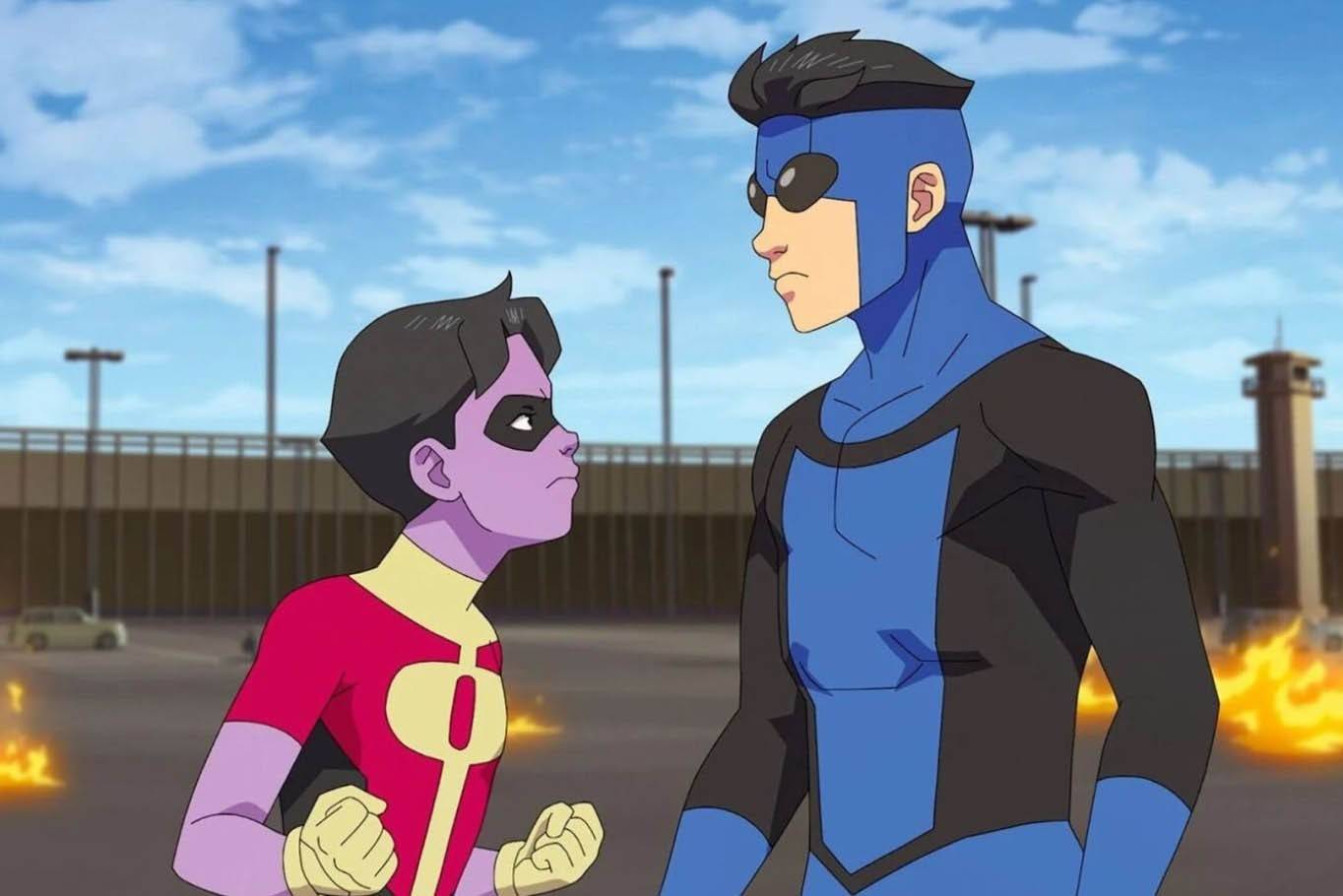 Image: amazon.com
Image: amazon.com
Season 3 is criticized for relying on familiar tropes. Previous seasons surprised viewers; Season 3 revisits these themes without offering much new, making Mark's internal conflict feel redundant.
Cecil's Subplot: A Missed Opportunity
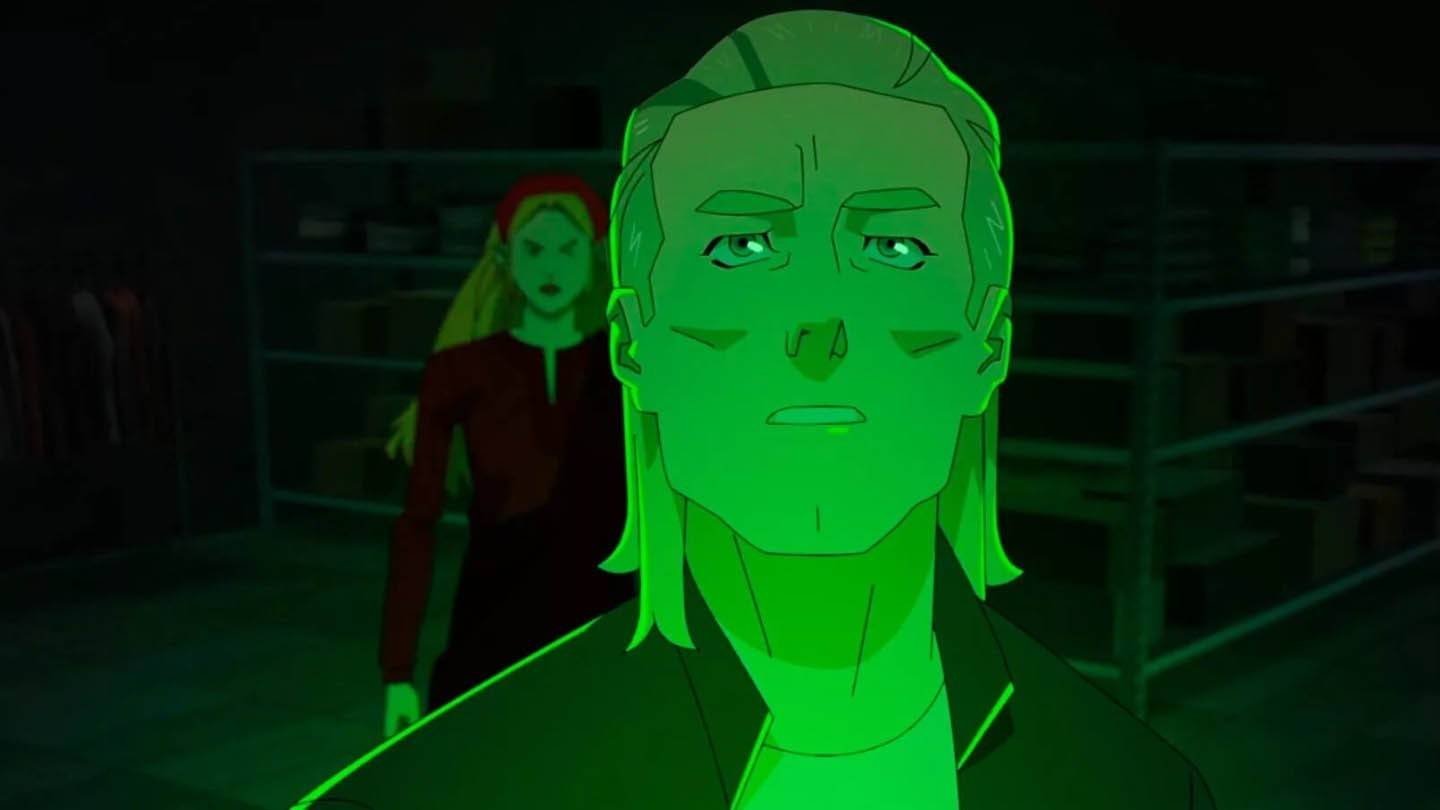 Image: amazon.com
Image: amazon.com
Cecil's subplot, reprogramming criminals, is interesting but falls flat due to its idealistic portrayal. This disconnect undermines the emotional weight and leaves the subplot feeling unresolved.
Lackluster Action: Where Did the Spark Go?
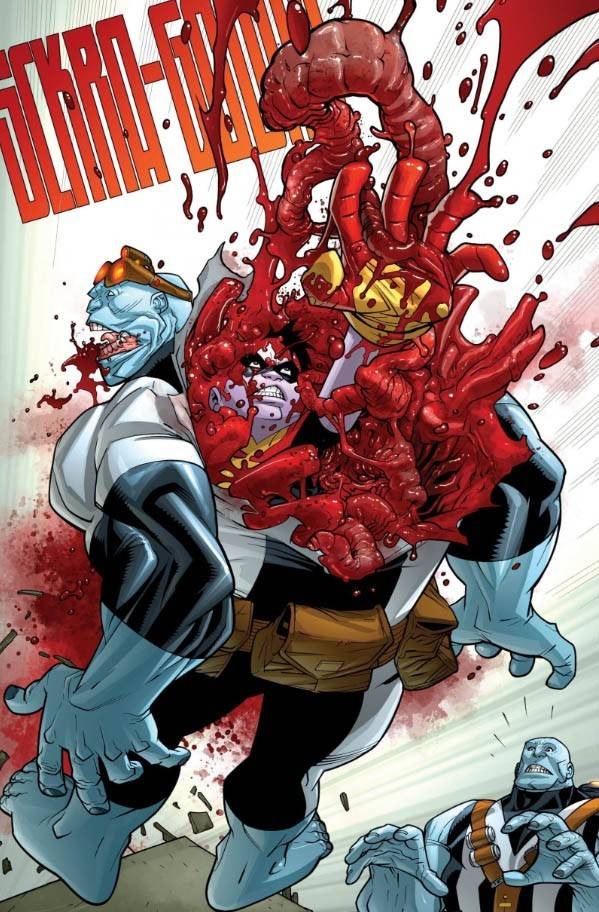 Image: amazon.com
Image: amazon.com
Even the action sequences feel less impactful. While visually impressive, they lack the emotional resonance of previous seasons. The absence of genuine stakes makes these moments feel hollow.
Slow Start: Building Momentum Too Late
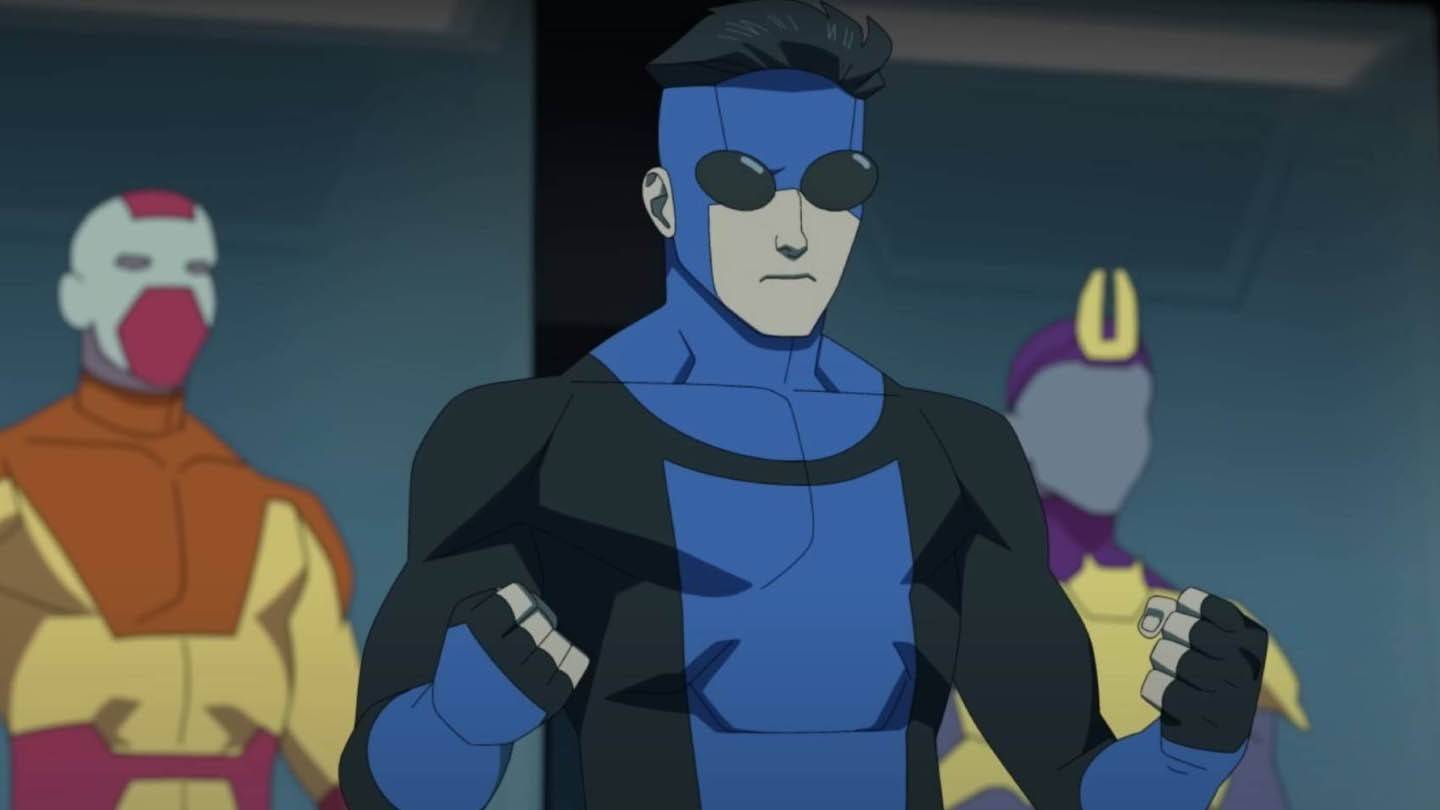 Image: amazon.com
Image: amazon.com
The season's sluggish start, with generic villains and threats, fails to establish urgency. The slow build-up diminishes the initial excitement.
Balancing Adaptation and Innovation
 Image: amazon.com
Image: amazon.com
Invincible successfully captures the spirit of the comics while adapting for television. However, Season 3 shows the challenge of balancing adaptation and innovation. Relying too heavily on familiar tropes risks losing what made the original material special.
Why Fans Should Still Watch (Read With Caution)
 Image: amazon.com
Image: amazon.com
Despite its shortcomings, Invincible remains engaging and visually impressive. Its violent action, characters, and themes continue to captivate. However, don't expect the same level of excitement as the first two seasons. The series needs to find ways to re-ignite the spark that defined earlier seasons. The question remains whether it can recapture that energy given the source material's completion.
-
1

Announcing the Bazaar Release: Date and Time Unveiled
Feb 02,2025
-
2
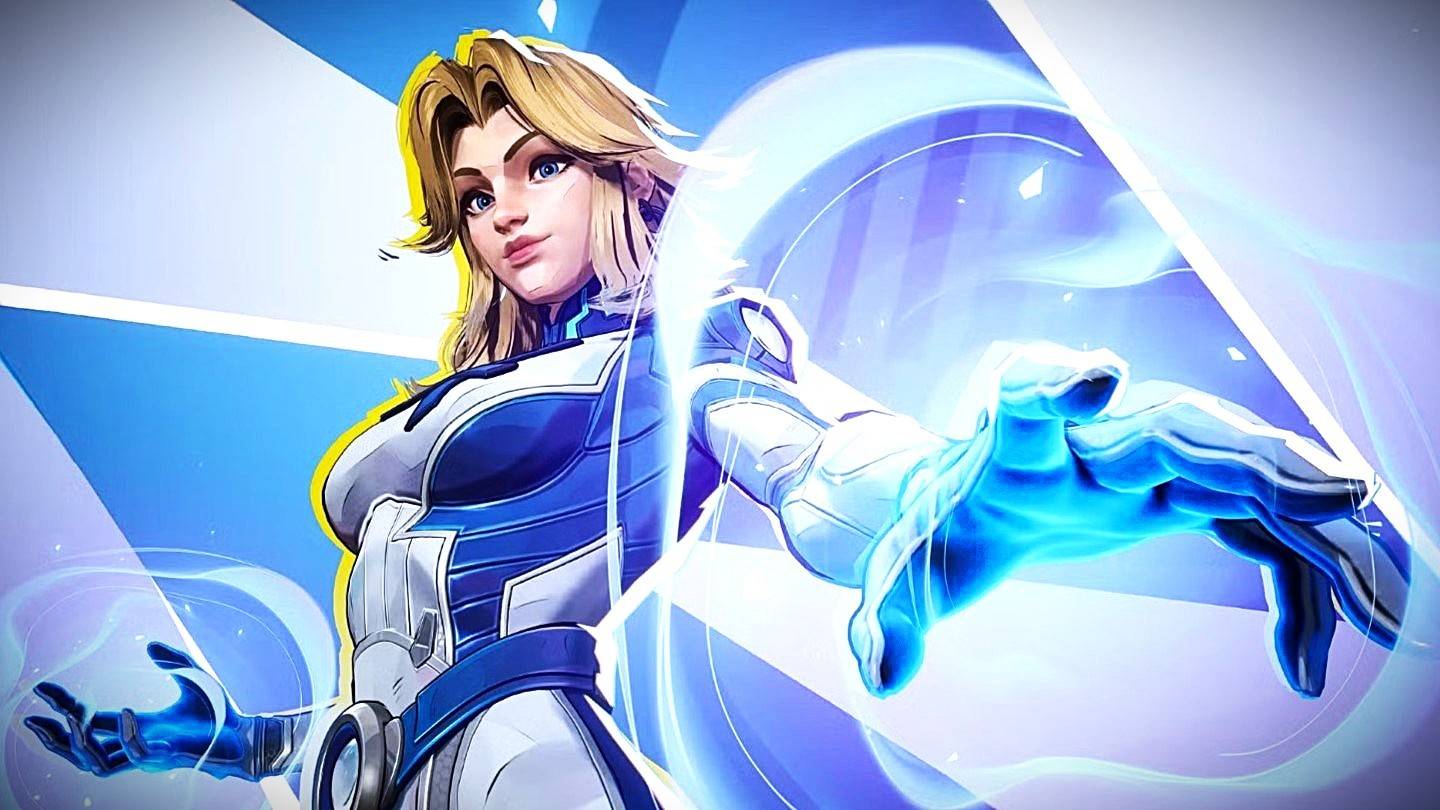
Marvel Rivals Update: News and Features
Feb 19,2025
-
3

GTA 6 Release: Fall 2025 Confirmed
Feb 23,2025
-
4

Vampire Survivors – Arcana Card System Guide and Tips
Feb 26,2025
-
5
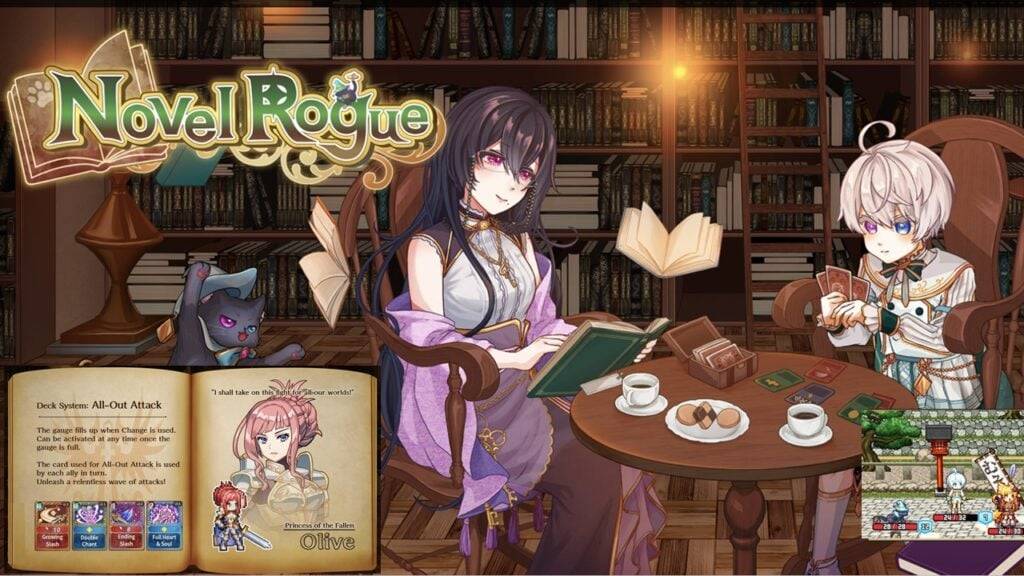
Novel Rogue Decks Android Debut
Feb 25,2025
-
6
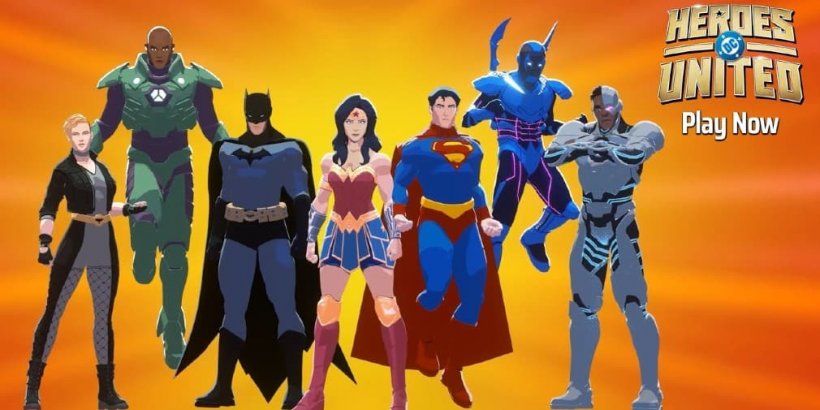
DC Heroes Unite: New Series from Silent Hill: Ascension Creators
Dec 18,2024
-
7

Get Exclusive Roblox DOORS Codes for January 2025
Feb 10,2025
-
8
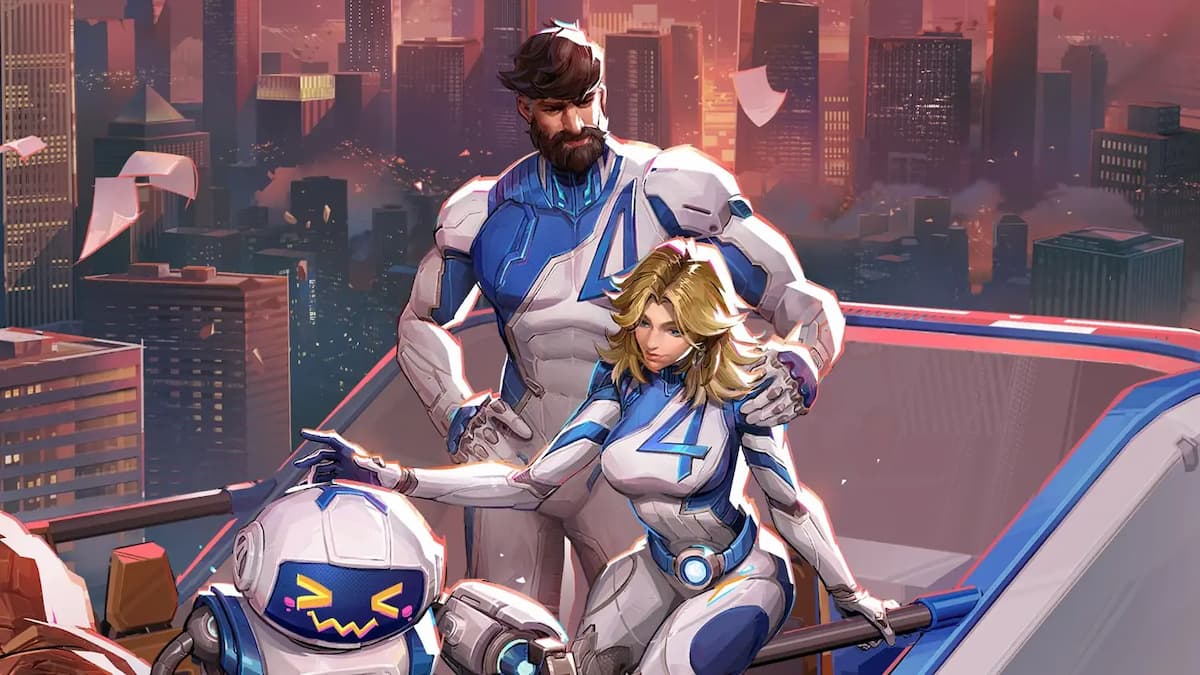
Marvel Rivals Unveils Season 1 Release Date
Feb 02,2025
-
9
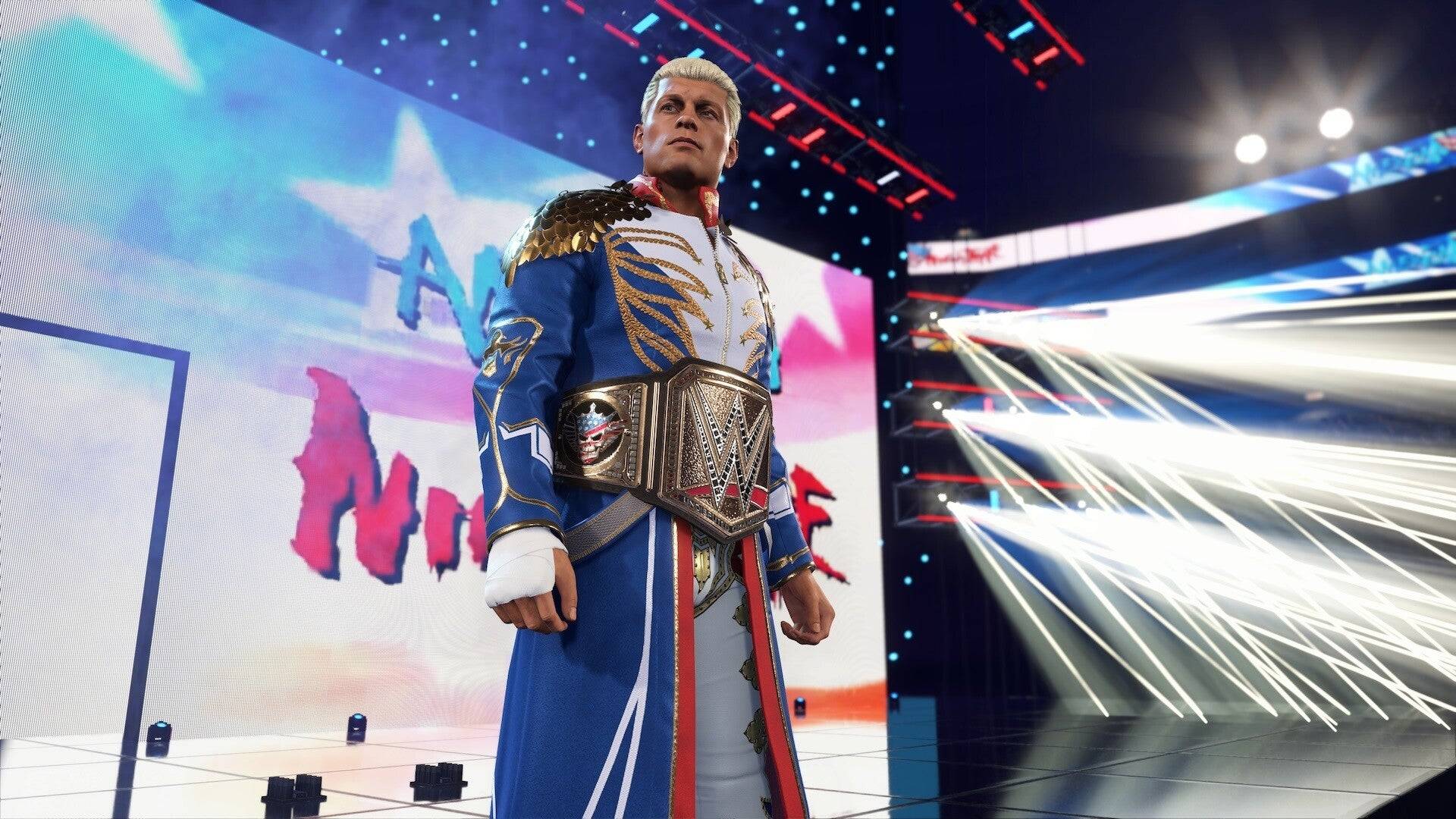
WWE 2K25: Long-Awaited Return
Feb 23,2025
-
10

Anime Fate Echoes: Get the Latest Roblox Codes for January 2025
Jan 20,2025
-
Download

Street Rooster Fight Kung Fu
Action / 65.4 MB
Update: Feb 14,2025
-
Download
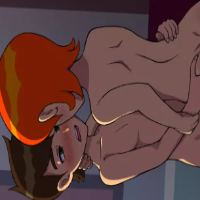
Ben 10 A day with Gwen
Casual / 47.41M
Update: Dec 24,2024
-
Download

A Simple Life with My Unobtrusive Sister
Casual / 392.30M
Update: Dec 10,2024
-
4
Mega Jackpot
-
5
Day by Day
-
6
The Lewd Knight
-
7
Translate - Voice Translator
-
8
VPN Qatar - Get Qatar IP
-
9
Chewy - Where Pet Lovers Shop
-
10
Kame Paradise



